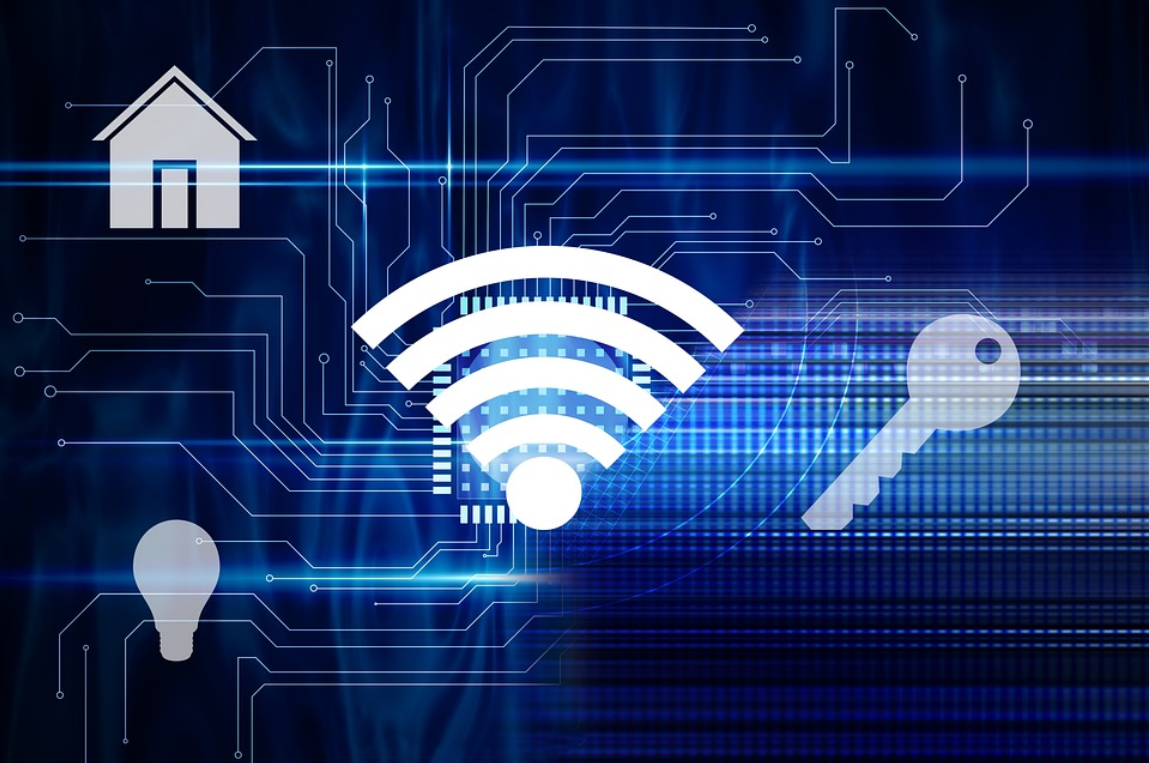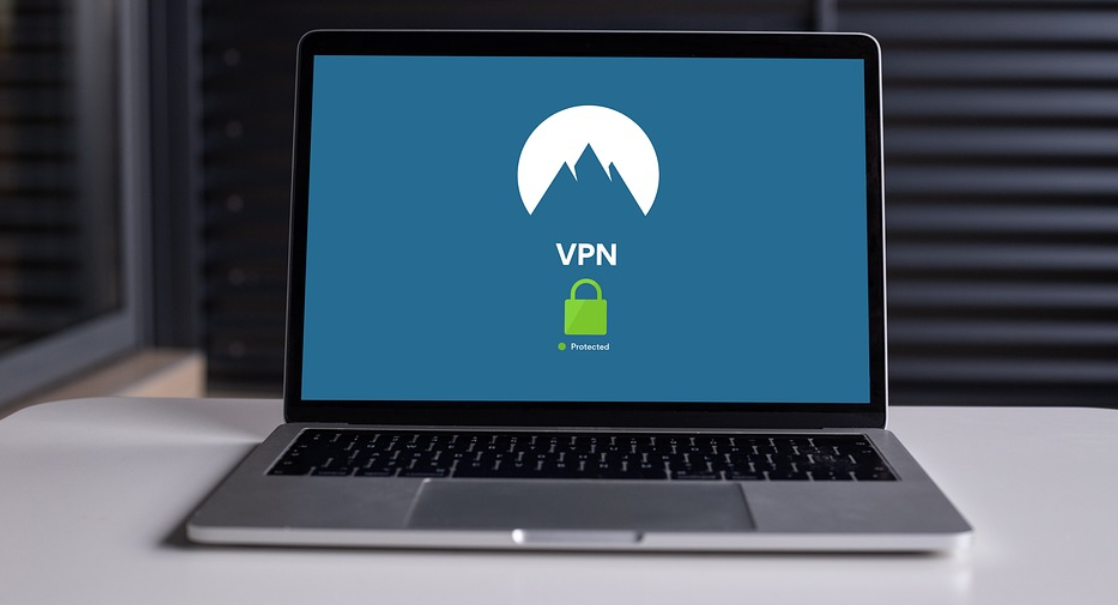Your home network serves as the entrance to your digital life, and if it is not properly secured, it could compromise your personal and financial data.
Some best practices for browsing safely and securely on your home network will be covered in this article.
Update Your Software and Firmware Regularly
Keeping your software and firmware up to date is one of the simplest ways to ensure the security of your home network.

P.C: PIXABAY
Many software and firmware updates are released to address security flaws, so failing to install them exposes you to cyberattacks.
Furthermore, newer software and firmware versions frequently include enhanced security features that make it more difficult for cybercriminals to exploit your system.
Set Strong Passwords
Another crucial step in protecting your home network is creating strong passwords. You should create a unique password for each device and service you use.
Strong passwords should be at least 12 characters long and typically contain a mix of letters, numbers, and symbols. Using information that can be easily guessed, like your name or birthdate, is also not recommended.
Use a VPN
Don’t forget to use a Virtual Private Network (VPN) too!

P.C: PIXABAY
Cybercriminals will have a much more difficult time intercepting and accessing your data when it is encrypted and routed through a VPN app.
Enable Two-Factor Authentication
By enabling two-factor authentication, you also strengthen your chances of keeping cybercriminals away from you.
You’ll need to enter a code in addition to your password to access your account when two-factor authentication is used.
Every time you log in, a new code is sent to your phone or email, which is always different. It becomes much more difficult for cybercriminals to access your network when two-factor authentication is enabled.
Secure Your Wi-Fi Network
Your Wi-Fi network is the primary entry point for devices that connect to the internet, so it must be secured properly. Start by changing the default name and password of your Wi-Fi network.
Most routers come with a default name and password, and failing to change them makes it easy for cybercriminals to gain access to your network.
You should also encrypt your Wi-Fi network using Wi-Fi Protected Access (WPA) or Wi-Fi Protected Access II (WPA2).
Encryption adds an extra layer of security by encrypting the data sent between your device and your router. WPA2 is currently the most secure option, but if your router is older, it may not support it.
Finally, consider hiding your Wi-Fi network. It won’t be visible to other devices when you hide your network unless they already know the network name.
While this doesn’t provide complete security, it does make it more difficult for cybercriminals to find and access your network.
Be Careful What You Click On
Phishing scams are among the most common ways cybercriminals gain access to your home network.
Phishing emails often look like they come from a legitimate source, such as a bank or a social media site, but they’re designed to trick you into clicking on a link or downloading an attachment that contains malware.
To avoid falling victim to phishing scams, you should be careful what you click on.
Don’t click on links or download attachments from emails you weren’t expecting, and always verify that the sender is who they claim to be. If you’re unsure if an email is legitimate, it’s better to err on caution and delete it.
Use Antivirus and Antimalware Software
Antivirus and antimalware software can help protect your home network from malware infections.
Malware is software designed to damage or infiltrate your device or network, and it can be difficult to detect without the help of specialized software.
When choosing antivirus and antimalware software, choose a reputable provider. Many free antivirus programs are available but often come with limited features and may not provide adequate protection.
It’s also important to keep your antivirus and antimalware software up-to-date. New threats are discovered regularly, and updates to your software can help protect you from the latest attacks.
Limit Access to Your Network
Limiting access to your home network is another way to ensure its security. Only allow trusted devices to connect to your network, and change your password regularly.
If guests need to communicate with your network, create a separate guest network with limited access. This will prevent them from accessing sensitive data and keeping your home network secure.
Monitor Your Network Activity
Monitoring your network activity is an effective way to detect and prevent cyberattacks.
Most routers come with built-in logging and monitoring tools that allow you to track the devices connected to your network and the traffic being transmitted.
By monitoring your network activity, you can detect any suspicious activity and take action before it becomes a bigger problem.
Back-Up Your Data
Backing up your data is an essential step in securing your home network. In a cyberattack, backing up your important data ensures you won’t lose everything.
Make sure to back up your data regularly and store it securely, separate from your home network.
Quick Links:
